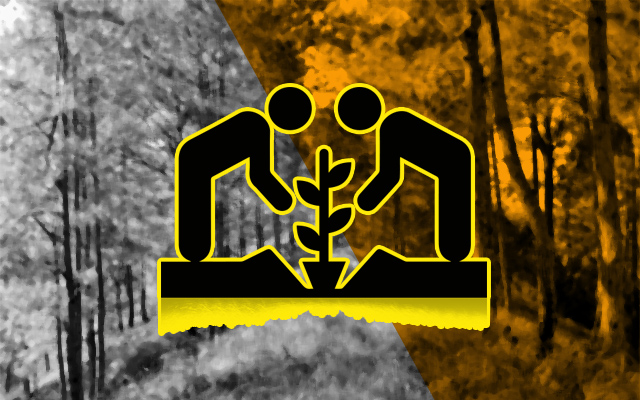BAGUIO CITY – Since March this year, City Environment and Parks Management Office (CEPMO) personnel conducts a two-day per week clearing operation for thousands of tree seedlings planted in more than 30 hectares of the city’s reforestation area. This is in addition to assigned duties in their respective offices.
Done under the supervision of Reforestation Officer Floro Bastian and Farm Supervisor John Padua; at least ten CEPMO personnel do brushing, clearing and maintenance measures to insure higher survival rate for the less than two-to-three-feet-seedlings planted by government line agencies, city employees and socio-civic groups. Associations and couples intending to marry have also contributed to the re-greening efforts.
According to Forester Villamor Bacullo, more of the city’s parks, reforestation sites and watersheds shall undergo brushing and cleaning after the planting season which commences in June. CEPMO head Cordellia Lacsamana has given committed approval and support to the endeavor.
The efforts are part of the enhanced national greening program (ENGP) spearheaded by the Department of the Environment and Natural Resources (DENR) in coordination with the local government units and other agencies.
Areas for monitoring and maintenance are Forbes Parks 1, 2 and 3, the Botanical area, Wright, Mines View, Bayan, Panagbenga, Post Office, City Hall, Diplomat, the Japanese garden and Sunshine Parks.
In a report for 2017, it was also known that 96 organizations alongside 15 non-government organizations, 51 barangays and 9 schools conducted tree-planting activities, with 13, 230 assorted seedlings from the Busol and Botanical garden nurseries. With the mandatory 10 seedlings planted for each of the 980 city hall employee, 9,800 seedlings shall also be taken care of by the CEPMO; including 1,226 seedlings planted by couples intending to marry.
There were also 2,422 assorted ornamental trees as to the pre-requisite for the issuance of occupancy permits.
An 81 to 85% survival rates are being monitored and validated in the planting areas of Forbes 1 and 2, Bastian said in his report. Validation using the stratified random sampling technique continues up to the end of this year, with an expected increase in survival as to maintenance efforts, he added.
By: Julie G. Fianza














